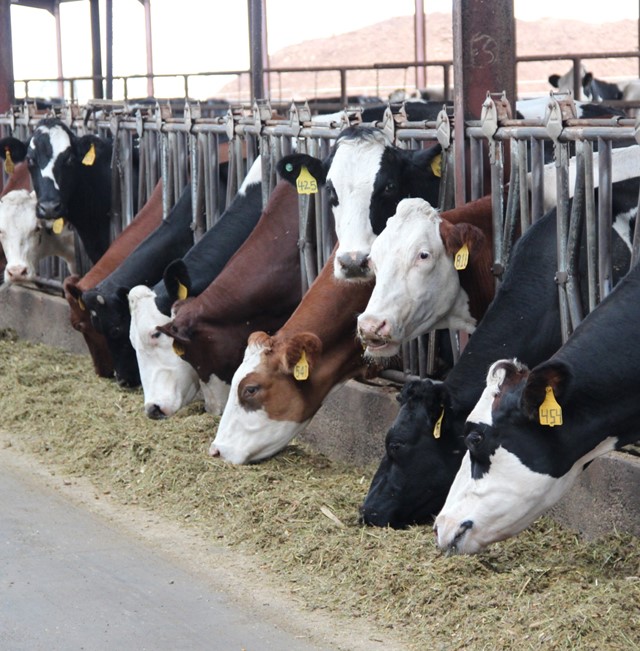Crossbreeding dairy cows doesn't compromise milk production
Strategic crossbreeding can improve fertility of dairy herds, reduce insemination costs and result in more efficient milk production.
August 24, 2020

Since 1960, Holstein dairy cows have exhibited a substantial decline in fertility, with serious economic consequences for farmers as genetic selection programs in the U.S. and elsewhere have emphasized milk production at the expense of other traits, according to an announcement from the American Dairy Science Assn.
Attention has turned to improving these neglected traits for better overall cow well-being and to bolster dairy producers’ profitability. In a recent article published in the Journal of Dairy Science, scientists from the University of Minnesota examined the effects of crossbreeding on fertility and milk production across three generations in a large sample of Holstein and crossbred cows.
While Holstein breeding programs have made strides in recent years toward remedying the problem of diminished fertility, crossbreeding is often seen as a possible means to achieve greater and more rapid gains while eliminating concerns about inbreeding, the researchers said.
“A larger response in phenotypic fertility will be experienced over a shorter period of time from crossbreeding than from selection within a pure Holstein population,” explained lead author Dr. Amy Hazel with the University of Minnesota-St. Paul. Whether this is true, and whether crossbred cows can compete with Holsteins in a high-producing commercial dairy setting, were questions that the team investigated.
Purebred Holsteins were compared with cows from a three-breed rotation of Holstein with Viking Red and Montbéliarde in this 10-year study, with initial enrollment of 3,550 Holstein cows from Minnesota commercial dairies. The team found that each combination of two- and three-breed crossbred cows demonstrated significant advantages over pure Holsteins for all fertility traits at each studied lactation.
This confirmed expectations, but the researchers also examined the possibility that milk production might be negatively affected by crossbreeding. “Because of the global predominance of high-producing Holsteins, some dairy producers have been concerned that crossbred cows will have poorer milk production traits,” Hazel said. “Our study found little, if any, loss of fat and protein production for crossbred cows compared with their Holstein herd mates.”
As dairy producers place increased emphasis on minimizing the major expenses for cows — including feed intake, repeated inseminations, health treatments and premature replacement — this study confirms that strategic crossbreeding can improve the fertility of dairy herds, reduce insemination costs and result in more efficient milk production without causing significant losses in milk composition, the researchers said.
Additionally, a larger effect should be the longer herd life of crossbred cows compared with pure Holsteins.
While further research remains to be performed, this study establishes the Viking Red and Montbéliarde breeds as highly complementary for crossbreeding with Holsteins and well suited for milk production in high-performance dairy herds, the announcement concluded.
You May Also Like



